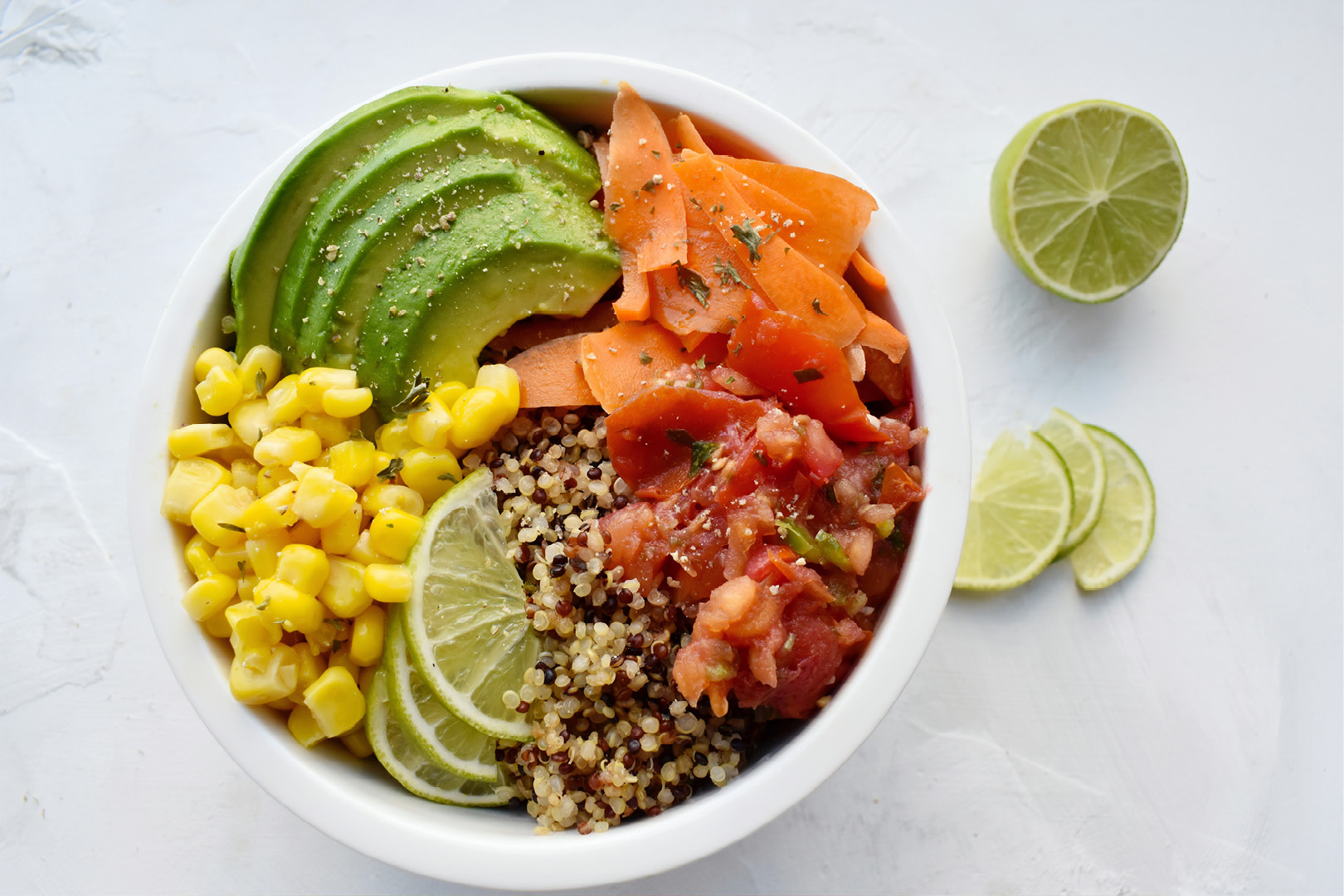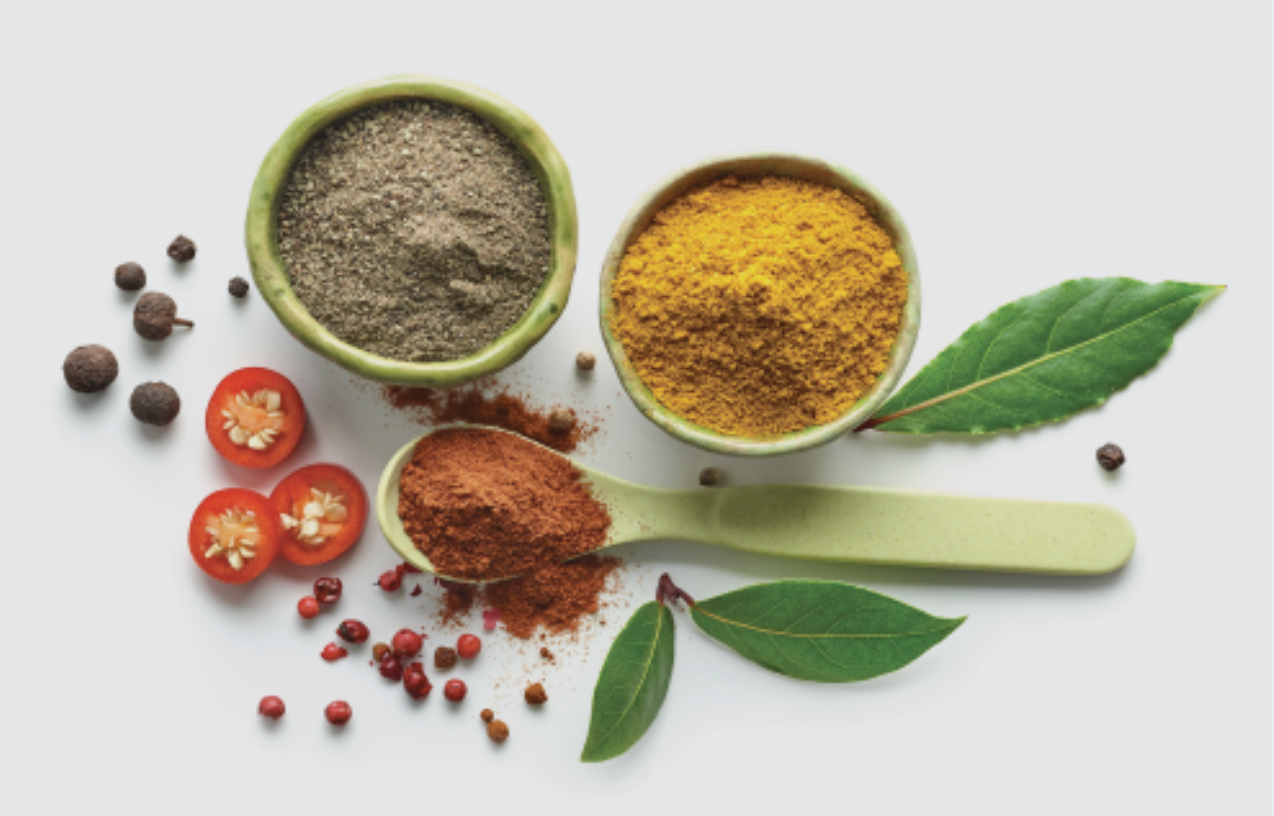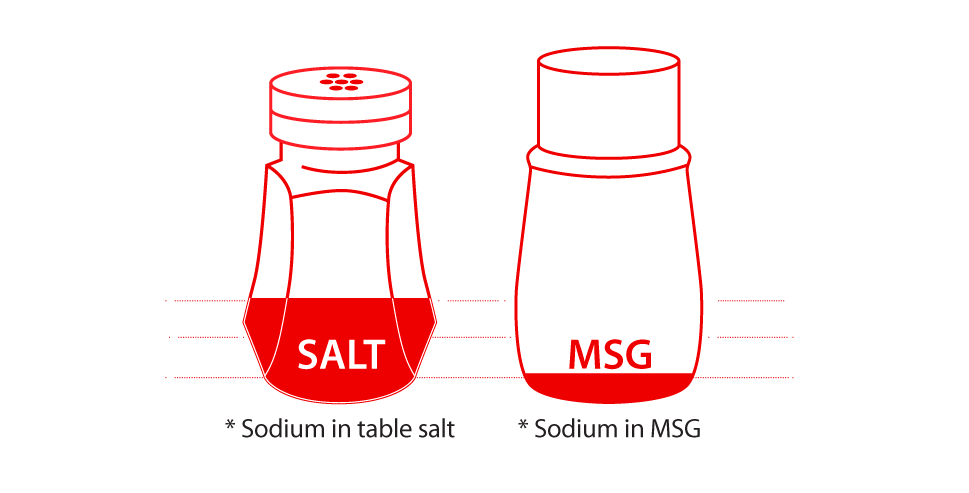Monosodium glutamate (MSG), or umami seasoning, has 2/3 less sodium than table salt and can be used in the place of some salt to reduce the sodium in a dish by up to 61% without compromising flavor.
And what’s the deal with sodium, you might ask? Excessive sodium intake can lead to high blood pressure, a major risk factor for heart disease. With about 90% of Americans consuming too much sodium, simple strategies such as using MSG in lieu of some salt in home cooking can help people of all ages better manage sodium intakes.
Scientific Research and Consensus
-

The Salt Flip : Sensory Mitigation of Salt (and Sodium) Reduction with Monosodium Glutamate (MSG) in “Better‐for‐You” Foods
– Journal of Food Science, 2020
Read More → -

Current Sodium Intakes in the United States and the Modeled Effects of Glutamate Incorporation into Select Savory Products
– Nutrients, 2019
Read More → -

Dietary Reference Intakes for Sodium and Potassium
– National Academies of Sciences, Engineering, and Medicine, 2019
Read More → -

Glutamate Contributes to the Reduction of Dietary Sodium Intake
– International Glutamate Technical Committee, 2016
Read More → -

Umami Compounds and Sodium
– Academy of Nutrition and Dietetics, 2013
Read More → -

Strategies to Reduce Sodium Intake in the United States
– Institute of Medicine, 2010
Read More →
Continuing Education
-
Webinar
Reducing Dietary Sodium and Building Umami with MSG– Sports, Cardiovascular and Wellness Nutrition Dietetic Practice Group
Read More → -
Webinar
MSG: Demystifying the Controversy & Discovering the Possibilities– Sports, Cardiovascular and Wellness Nutrition and Food & Culinary Professionals Dietetic Practice Groups
Read More → -
Podcast
MSG: Demystifying the Controversy and Discovering Flavor Possibilities – A Three-Part Series– Sound Bites® Podcast
Read More → -
Webinar
Leading With Flavor: Creating A Love Of Vegetables Through Umami– Produce for Better Health
Read More →
Media and Articles
-
MSG May Help Reduce Sodium Consumption, Study Says
“Food trends are hard to predict. However, the more research proves MSG to be a solution for reducing sodium–and the more consumers learn that MSG isn’t a harmful additive—it’s possible that manufacturers may start to lean into MSG as a flavoring agent in prepared foods.”
– Verywell
Read More → -
A Fresh Look at MSG
“Replacing table salt with MSG can help reduce the amount of sodium in a recipe, since MSG contains one-third the amount of sodium compared with table salt.”
– Today’s Dietitian
Read More → -
Yes, MSG is Safe to Eat, Plus Everything Else to Know About the Flavor Enhancer
“Glutamate has a flavor-enhancing effect, like salt, but it contains only one-third the amount of sodium as table salt.”
– Better Homes & Gardens
Read More → -
The FDA Says It’s Safe, So Feel Free to Say ‘Yes’ to MSG
“MSG is about 12% sodium, roughly one-third of the 39% in table salt.”
– The Wall Street Journal
Read More → -
Scientists Have Known MSG Is Safe for Decades. Why Don’t Most Americans?
“And, since the ingredient has two-thirds less sodium than table salt, MSG can decrease the need for salt while enhancing the flavor of the dish.”
– U.S. News & World Report
Read More →
Note: Iodine is an essential mineral that is often added to table salt. Iodized salt serves as an important source of this mineral and helps to prevent deficiencies in the diet. Using MSG in place of some salt in the diet allows for sodium reduction, while also promoting an adequate intake of iodine.






